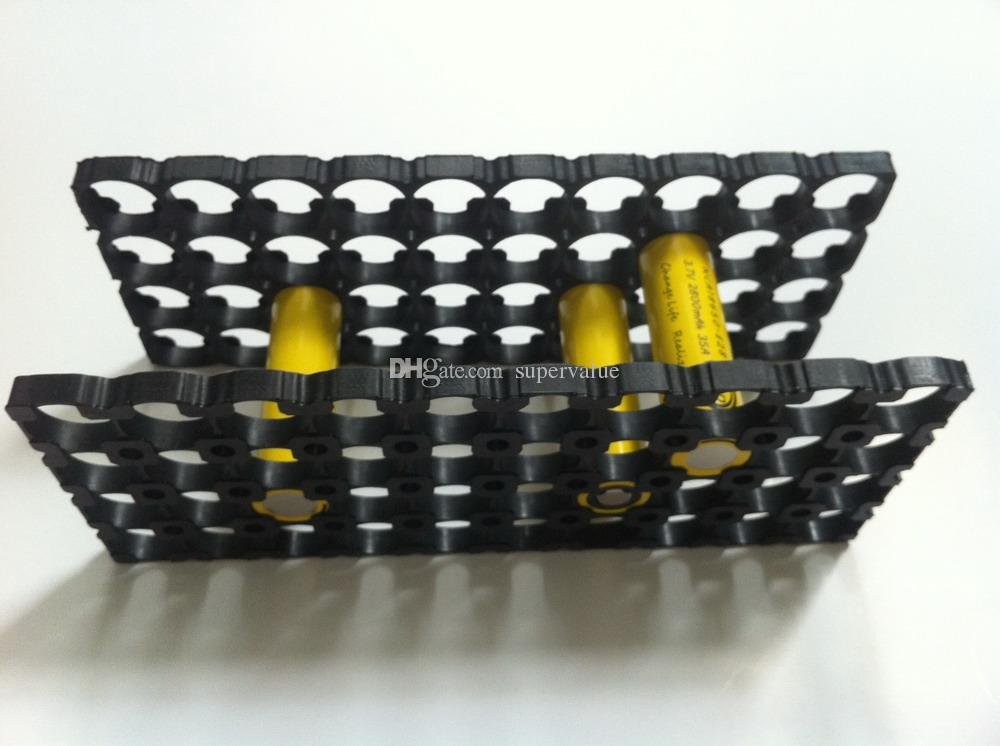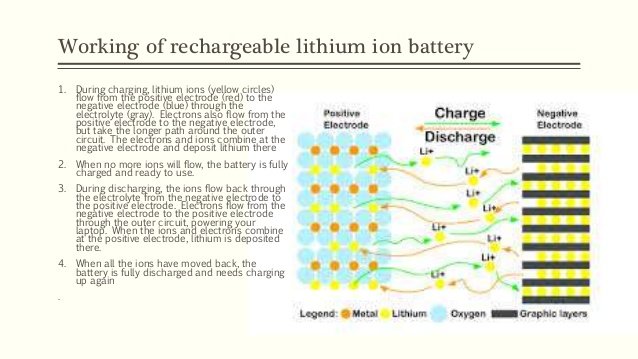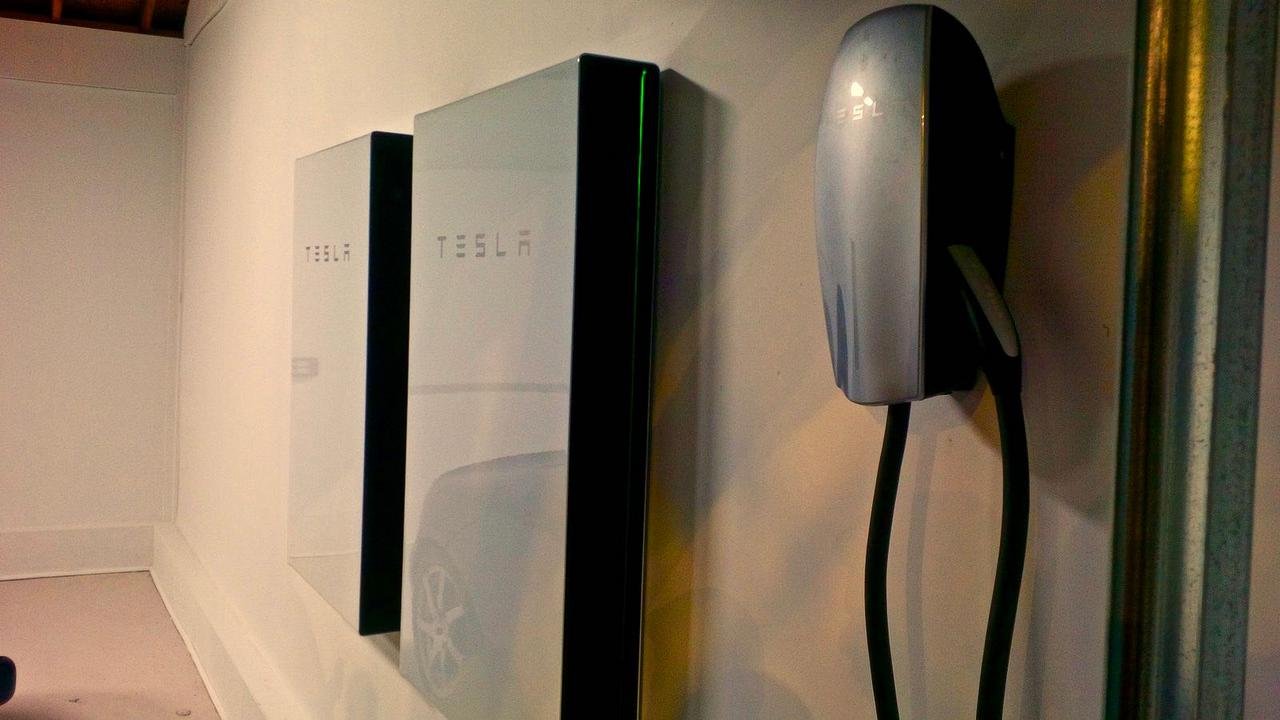
So we updated with with a teaser awhile back about our plans to go off the grid and honestly have been too busy figuring it out to post about it. John has spent the last few weeks listening to youtube videos, looking up batteries and asking around. He’s been breaking apart broken laptop batteries to salvage the functional cells in an attempt to use them to make battery packs for a power wall.
As solar power and renewable energy in general becomes more popular, mainstream items such as Tesla’s powerwall come out. In reality, it’s just a pretty battery pack made from lithium ion cells. John encouraged me to delve into this stuff to share with all of you and I’m glad he did, I know nothing about this stuff.
So I started from the basics, what the hell is a lithium ion battery and why are we recycling these things instead of just getting lead acid batteries like many solar systems do.

First invented in the 1970s by M Stanley Whittingham while working at Exxon designed the first lithium ion cell. While he picked the wrong lithium he did forge a concept that was later refined to start engineering the cells we are now familiar with. These cells are used in everything from laptops to cars, and for good reason too.
I’ll take a quick second to distinguish between a battery and a cell. A battery is just a bunch of cells packed together in a power pack and the cell is the individual unit containing electrodes, a separator, and an electrolyte.

So why lithium ion cells? A few different reasons including: high energy density, tiny memory effect and low self discharge. This is just a fancy way of saying they hold a lot of energy for their size without loosing capacity over time after a lot of charges. They’re also lightweight compared to lead acid batteries of the same capacity, which makes them even better.
When I looked into the different types of lithium ion cells I’ve found there are a lot, in all sizes, but the most commonly used for these sorts of things is the 18650. It took a bit of digging to find out why it’s called that, it’s just shorthand to refer to it’s dimensions 18mm x 65.0mm. These are super common and will only become more so as Tesla is building giga factories to manufacture them.

There’s been a lot of controversy in the rise of popularity of electric vehicles in regards to the supply of lithium. A lot of people have said that there’s a limited supply within the earth’s crust but our research has shown us the world is filled with lithium and much of the lithium supply isn’t actually mined from the crust like many mainstream news sources would have you believe, it comes from sea water. It seems the lithium shortage is a myth!
There are certain dangers that exist with these batteries but to be perfectly honest there are certain dangers that exist with any battery. When we were off the grid in Cleveland using lead acid batteries, John had the misfortune of one exploding near him, splattering him and the whole area with battery acid. It was a pain in the ass to get rid of to say the least.
These little cells do have the possibility of fire or explosion but their small size makes them much less of an issue than say a lead acid which honestly makes them safer for the home tinkerer. As with anything electrical there are risks involved that we’ve got to pay attention to but it’s all pretty simple straightforeward common sensical stuff.
Stay tuned, as I share more of the inner workings of our journey to an off grid lifestyle, once again!

Check out some of my other recent posts!
Acapulco Sunsets: Acapulco Au Natural
Acapulco Botanical Garden Adventures: Wet Season John 2
2017 Followers on Steemit


